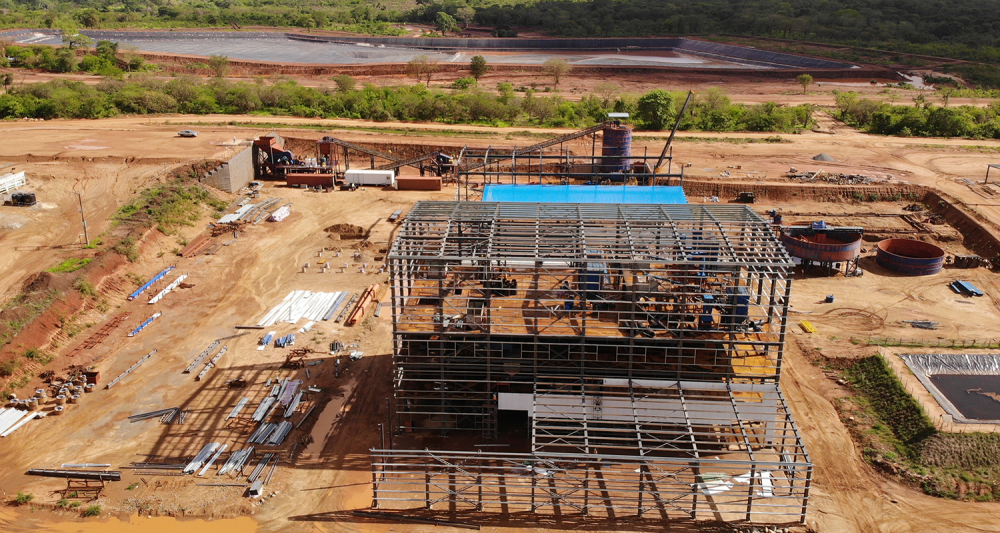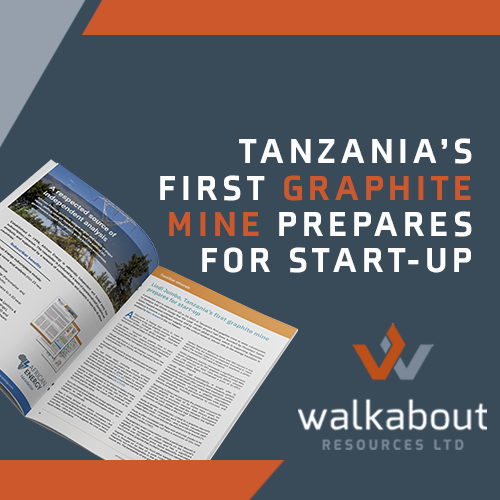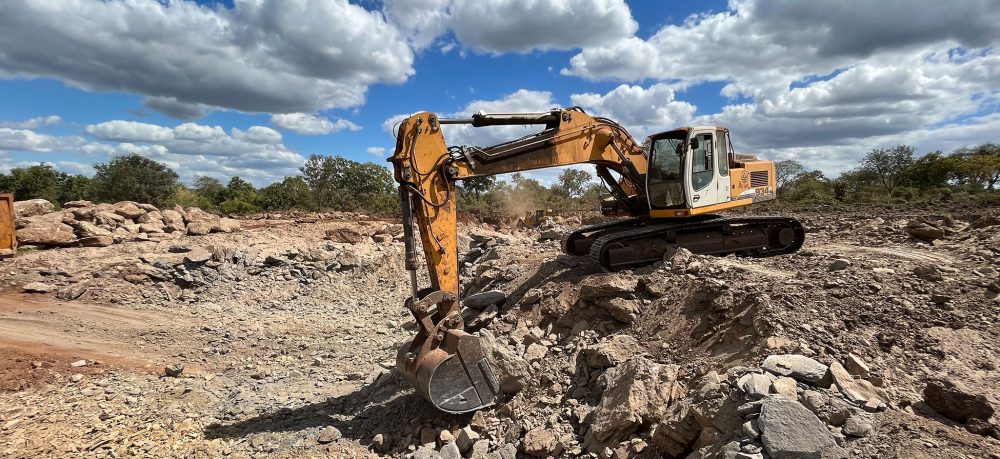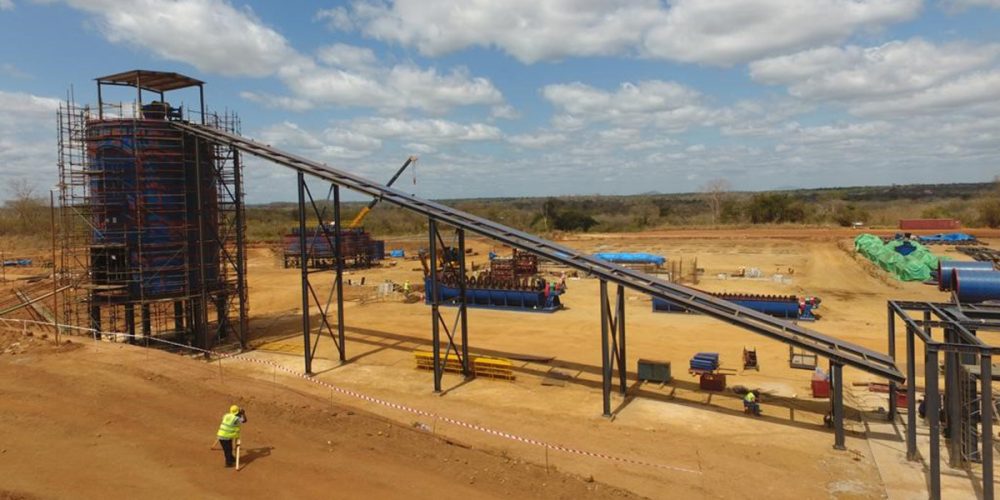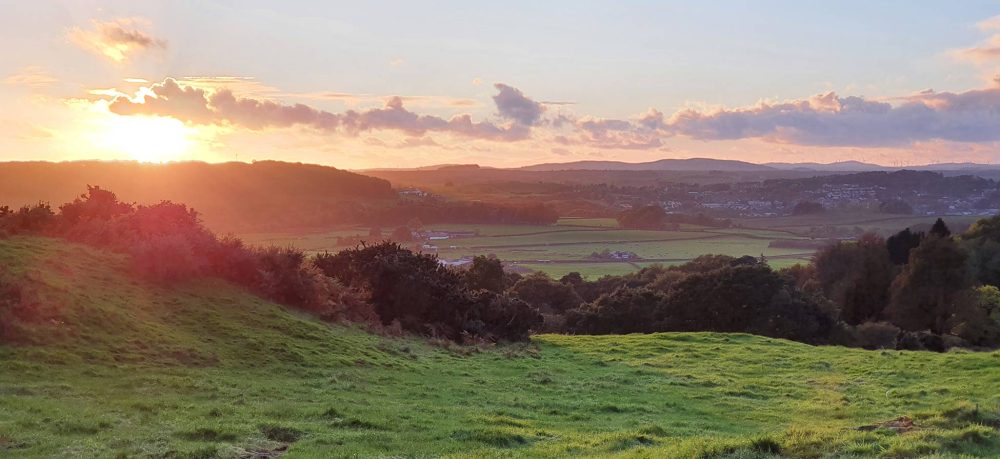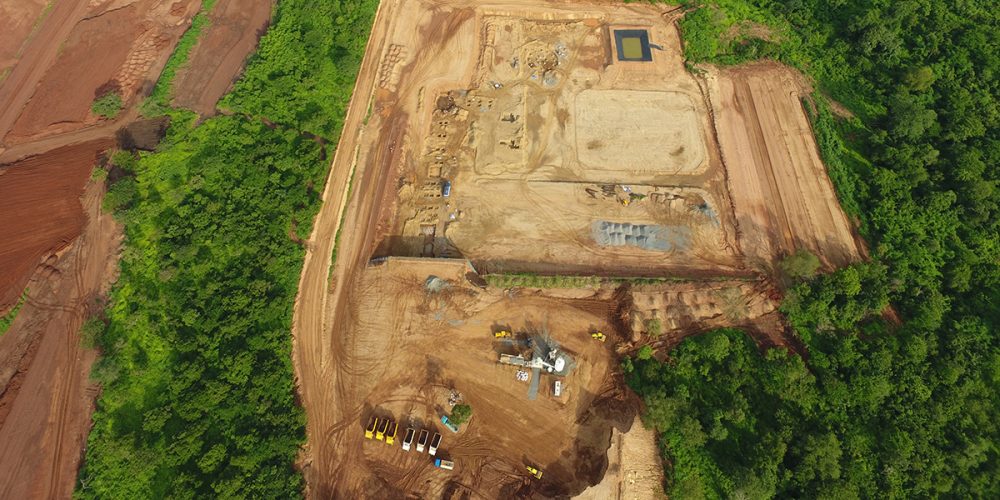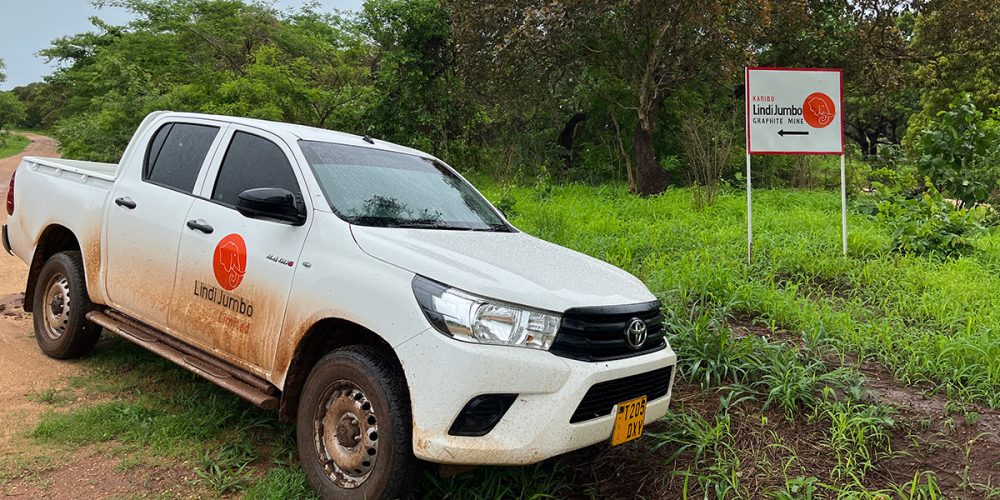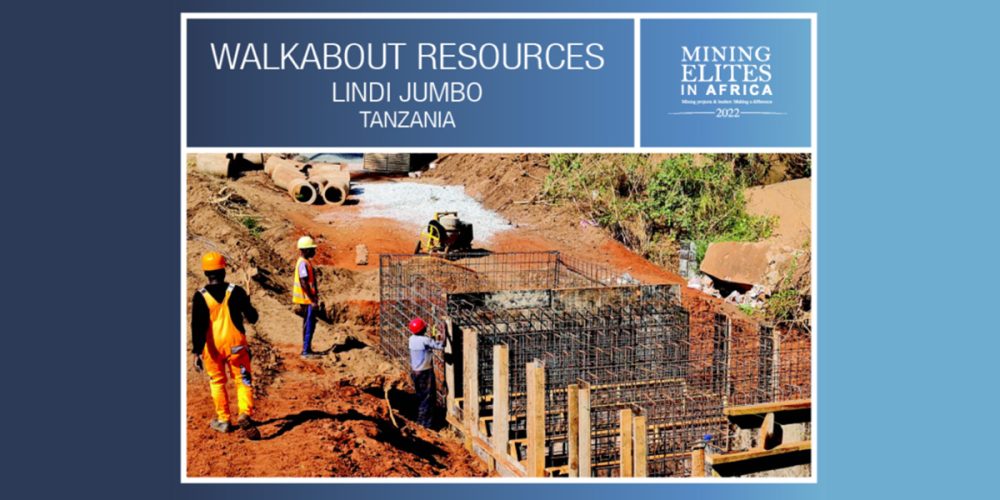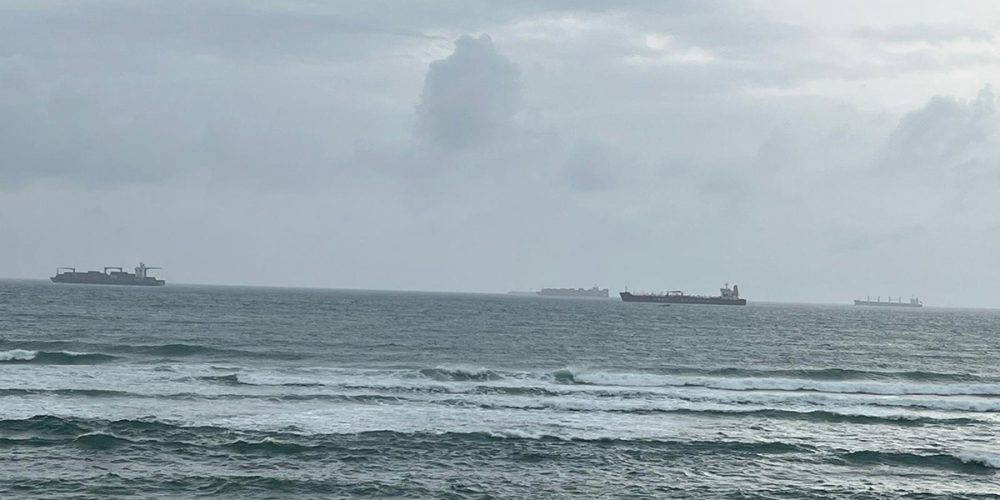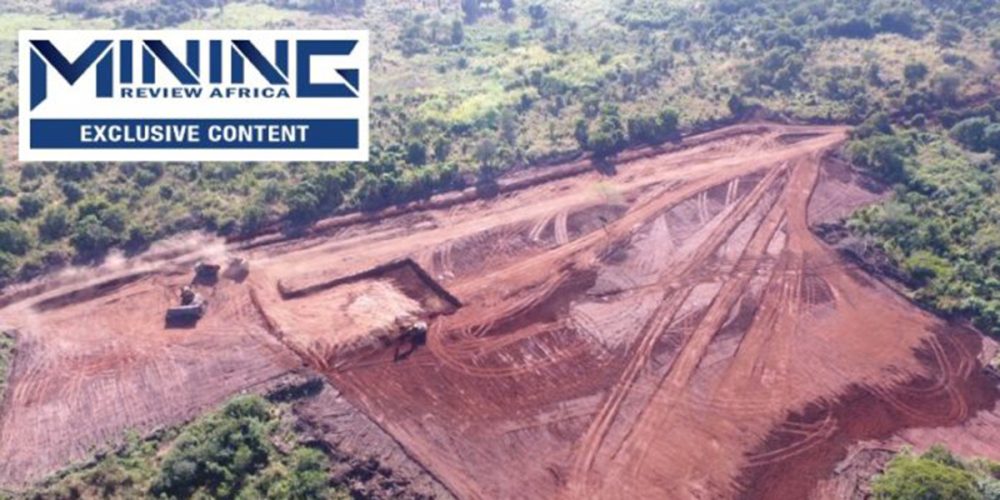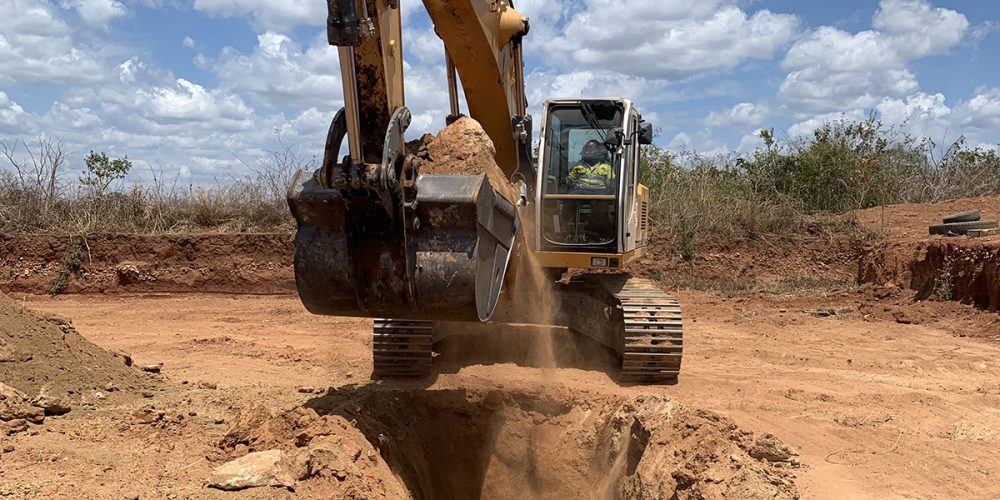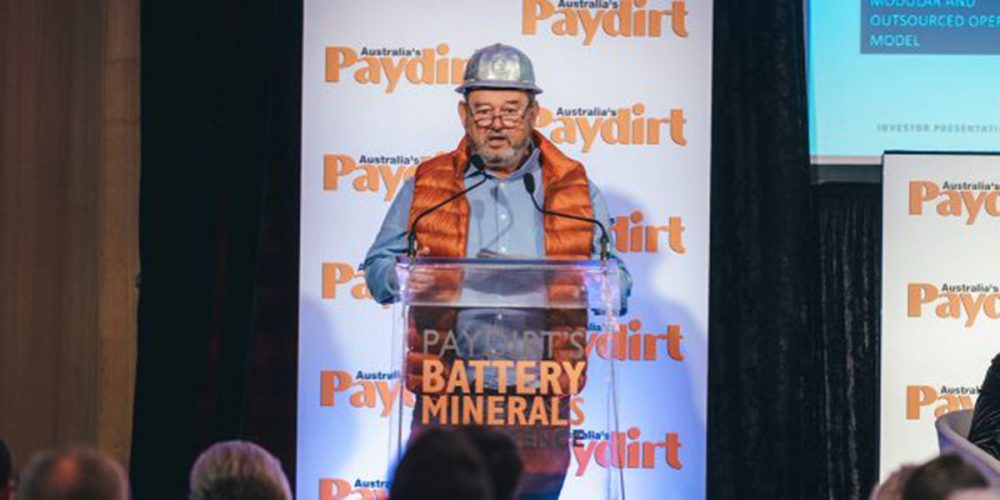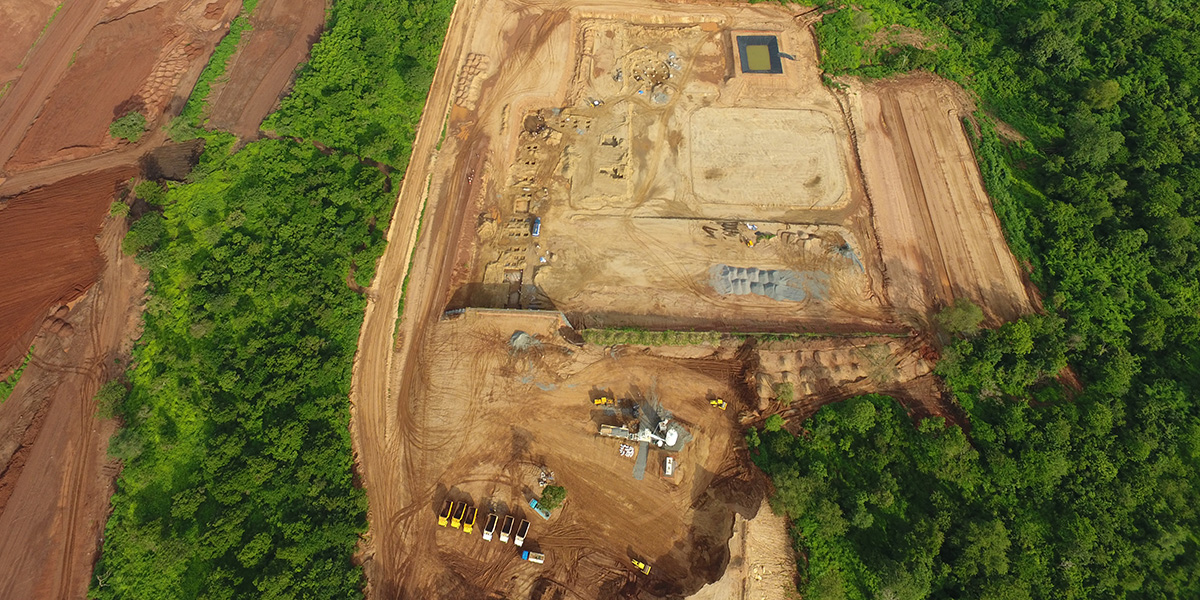
The ASX’s next graphite producer says a shortage of the battery metal can not fly under the radar much longer.
- Underinvestment in graphite supply has flown under the radar as lithium, nickel, copper and cobalt have grabbed the headline
- Prices across all types of graphite are up 22% year on year according to Benchmark Mineral Intelligence
- Walkabout Resources will begin production from the 40,000tpa Lindi Jumbo mine in Tanzania in Q3 2022
Financiers, battery companies and carmakers who have been cautious to support graphite miners will need to come to the table to deal with an undersupply of a critical component in EV batteries, Australia’s next graphite producer says.
Walkabout Resources (ASX:WKT) is just months from opening its US$32 million Lindi Jumbo graphite mine in Tanzania, a project which will produce 40,000tpa of 95% pure flake graphite over the next 24 years.
While all the focus at the moment is on lithium, nickel and copper supply, Walkabout CEO Andrew Cunningham says an emerging deficit in graphite supply and underinvestment in new mines has slipped under the radar.
“It’s important for the graphite market, there is such a shortage of graphite now and there’s such a misconception and not enough investment going into graphite and getting graphite projects up and running,” he said.
“Already this year, there’s a shortage of 85,000 tons of graphite predicted and nobody knows where’s it going to come from.
“Not enough attention is going into investing into the raw material, there’s a lot of talk going on lithium and whatnot. There’s no shortage of lithium, there’s certainly no shortage of graphite in the world, but you need to … invest into the raw materials.”
Graphite prices are rising sharply
Graphite missed the charge in battery metals prices last year that saw, for instance, lithium prices climb 400%.
But prices according to Benchmark Mineral Intelligence’s graphite index are up 22% over the past year. Cunningham said small flake graphite suited for the battery market is the largest mover.
Typically a discount product to the large flake graphite market, small flake prices are up above US$800/t, having traditionally traded at between US$500-550/t.
Prices have been exacerbated in recent weeks by the Russia-Ukraine conflict, which could cut 30,000t of supply into the European market from Volt Resources’ Zavalievsky mine in Ukraine and Ural Graphite’s Taginka mine in Russia according to Benchmark Mineral Intelligence.
Cyclones in Madagascar and Covid cases in China have also caused logistical disruptions.
But demand from the EV sector remains strong, BMI said in its latest graphite price update for February.
“Meanwhile, near-term demand for flake graphite continued to increase, with robust electric vehicle (EV) sales and production figures globally indicating heightened consumer acceptance and sustained demand for EVs, despite a reduction in subsidies at the beginning of the calendar year within China, the world’s largest EV market,” analysts from BMI wrote.
“As a result, anode producers worldwide, especially Chinese majors such as BTR New Energy and Shinzoom, continued to accelerate project expansions and plan significant new production facilities in order to meet the appetite of cell manufacturers, improving the mid-term demand outlook for flake graphite from the battery market.”
Cunningham said more and more demand was coming from the battery market. The vast majority of the graphite produced at Lindi Jumbo will be large or jumbo flake sizes above 190 microns.
This product is rarer and commands higher prices, but he said the increase in small flake graphite prices as battery production expands means that product is more profitable now as well.
“The small flake, which is predominantly the biggest growth of graphite going forward, used to be about US$500 a tonne. That is now over US$800 a tonne. So it’s gone up more than 30% in the last year,” he said.
“And that’s where we see the biggest growth potential in graphite is in the smaller flake. But that means, and our belief is, it’s also going to take some of the graphite out of the more traditional markets.
“One province in China has, for instance, said all graphite from them is going to the battery market. So that’s already taking some of the large flake off the market because it’s now going into the small flake use of graphite.”
That could constrain even further the market for large flake graphite, 75% of Walkabout’s product mix, and provide a hedge against rising supply of small flake graphite.
“We believe companies that have aspirations of bringing a lot of graphite into the market will put pressure on the smaller flake again and it will come down,” Cunningham said.
“China, which has a lot of control over the pricing of graphite metals, for instance is consolidating the graphite industry in Heilongjiang province, and they will be producing a lot of the small flake.”
Walk before you run
A host of graphite companies have been reimagined as active anode materials stocks, drawing strong attention from investors who have sent their market caps soaring to super high EV multiples on the narrative of capturing higher value downstream.
At the moment most of the beneficiation of graphite for lithium ion batteries is done in China, and many of those companies have captured the imagination of offtakers by promising to diversify the supply chain and operate closer to customers.
Syrah Resources (ASX:SYR) is the prime example, having pivoted as it closed its Balama mine in Mozambique at the start of the pandemic into the downstream arena.
Balama is back up and running now, well below its originally planned 380,000tpa run rate, but it was able to raise US$178 million ($250 million) to fund its Vidalia plant in Louisiana in the US in February after securing an offtake deal for 8000tpa of anode materials with Tesla.
Similarly, fears around the Chinese dominated nature of the critical minerals supply chain have prompted the Australian Government to issue $239 million of loans to local developers Ecograf (ASX:EGR) and Renascor (ASX:RNU) to back their graphite mining and downstream ambitions in WA and South Australia.
While Walkabout has looked into downstream opportunities, its main aim is getting Lindi Jumbo up and running as it is, supplying high grade flake graphite on the seaborne market.
“We deliberately said we’ll stick to what we know, we see that as a high risk area of graphite,” Cunningham said.
“But it doesn’t say that we haven’t done work on it, we will just get the project up and running and then we can look into the downstream opportunities. Just to keep ourselves focused to get this mine up and running and up and running properly.”
Finding opportunity in Tanzania
Cunningham said in its efforts to secure funding for Lindi Jumbo it ran into a Catch-22 common to the graphite sector.
Financiers want to see offtake deals and offtakers want to know a mine is going to be funded to commit to taking product.
It ended up securing the funding via a mix of equity and a US$20 million loan from CRDB, a retail bank based in Tanzania. Completed with the assistance of the Tanzanian Government, it is a good indication the once-iffy mining jurisdiction is again open for business.
Investments in a major oil and gas pipeline and resources as well as plans to revive the US$10 billion Bagamoyo port project have also sent positive investment signals.
The mine is the first major new mining project in Tanzania in a decade and the first since nationalistic new mining laws in 2017 that prompted a flight of foreign capital from the country.
Since the death of former President John Magufuli last year and his replacement by the moderate and pro-business Samia Suluhu Hassan, the investment environment in the east African nation has improved substantially.
“There was obviously a lot of chaos in the market after the changes in the legislation in 2017,” Cunningham said.
“I understand why they did it, the way they did it probably wasn’t done right. But they have been changing that where they saw there were flaws in their own system.
“And that is improving every time I go back to Tanzania, there’s slight changes of the legislation to make it more friendly for investments.”
The Tanzanian Government will hold a 16% free carried interest in Lindi Jumbo which will be paid into once Walkabout is in a position to pay dividends to shareholders.
A camp at the mine will have room for 75-100 workers, virtually all of them local, while around 5% of the mine will be owned in a community trust.
Scaling down to scale up
With proven and probable reserves of 5.5 million tonnes at 17.9% total graphitic content, Lindi Jumbo boasts the highest undeveloped ore reserve grade in Africa and one of the highest in the world.
That reserve is extremely shallow and will require a small processing plant of just 230,000tpa, one factor that should keep costs down and reduce the emissions intensity of the mine compared to its peers.
Cunningham said there was room to grow further if demand for graphite continues to increase as expected.
He believes companies like Volkswagen will need to look at investing directly in graphite plays to ensure raw material supply for electric vehicles in the years ahead.
“Companies like that need to start investing into graphite plays. And it’s a question we get asked, we often get asked how big can this thing be because we all know that the Australian investment philosophy is bigger is better,” Cunningham said.
“But this is an industrial mineral, we deliberately went out there and said look, let’s be realistic here we only want 40,000 tonnes, which was still a couple of percentage of the annual production at that stage but it’s getting smaller and smaller.”
“We do have that ability to grow and grow very fast and grow without any capital expenditure the way the plant has been designed. It has a 23% spare capacity in there so we can produce up to 50,000t without any further capital investment.
“We’ve got access to more than enough graphite on our tenements neighbouring with the mining licence. It has got a few other graphite occurrences on that we haven’t even drilled out and then our neighbouring PLs, there’s a lot of graphite there which we know of we just haven’t drilled it.”
– Josh Chiat
Read the original article in Stockhead
